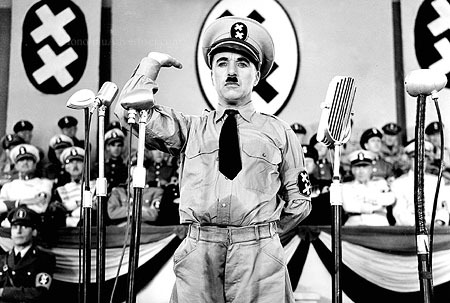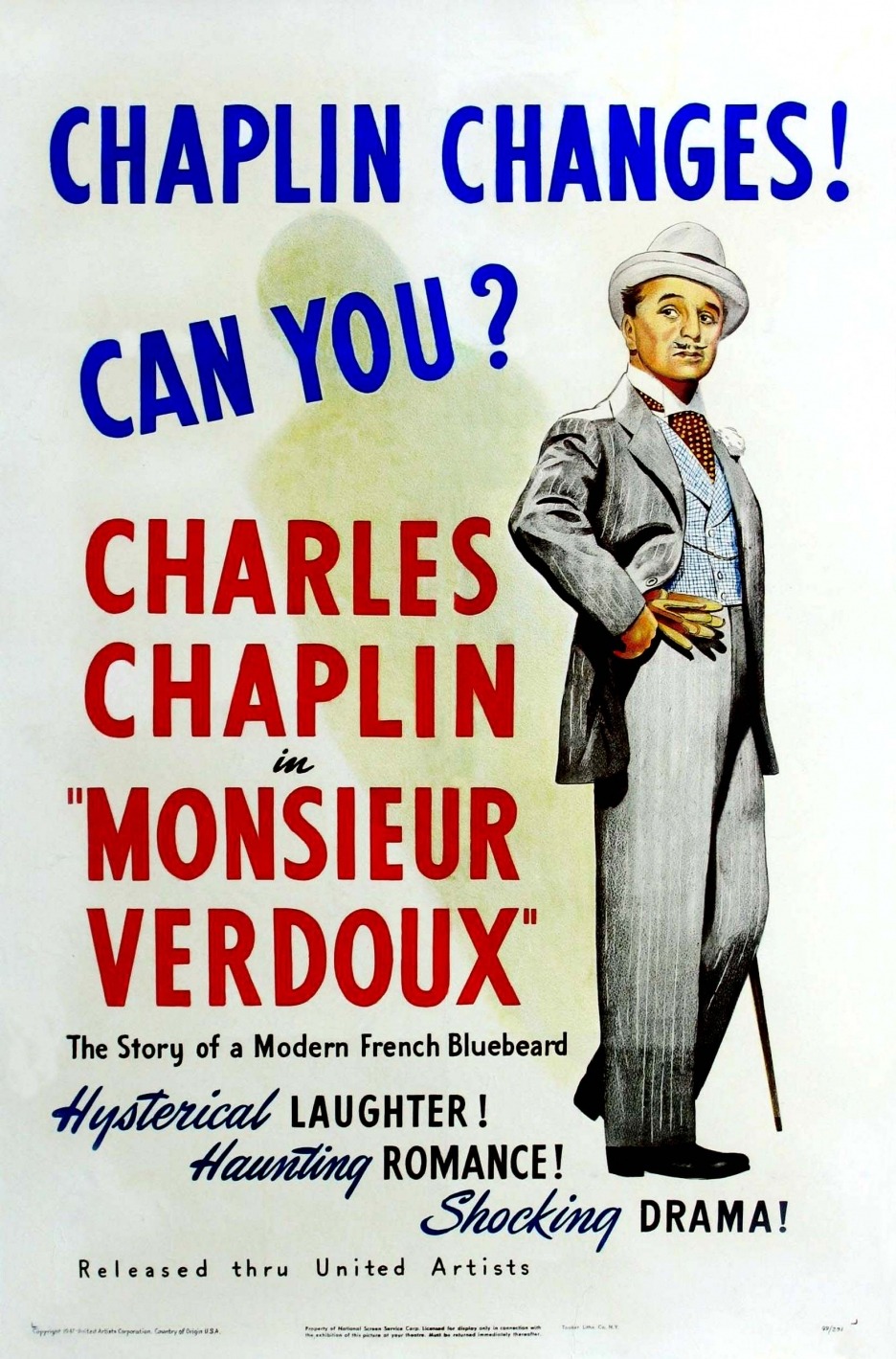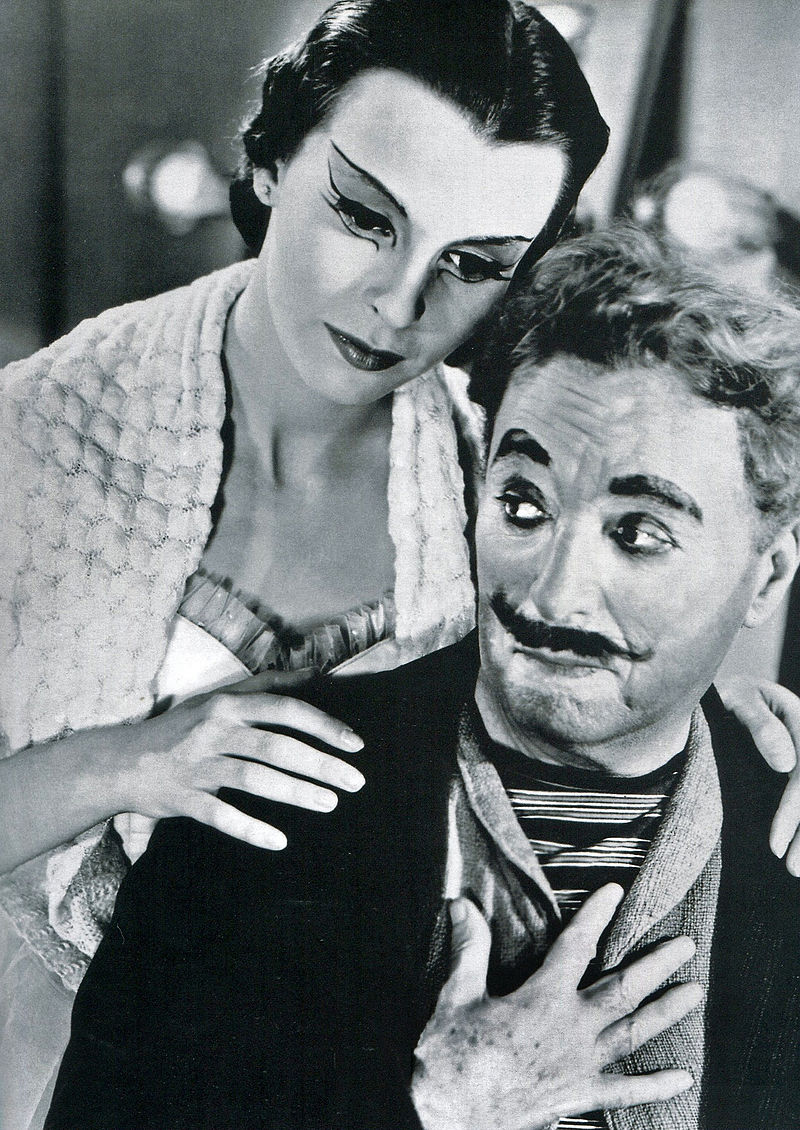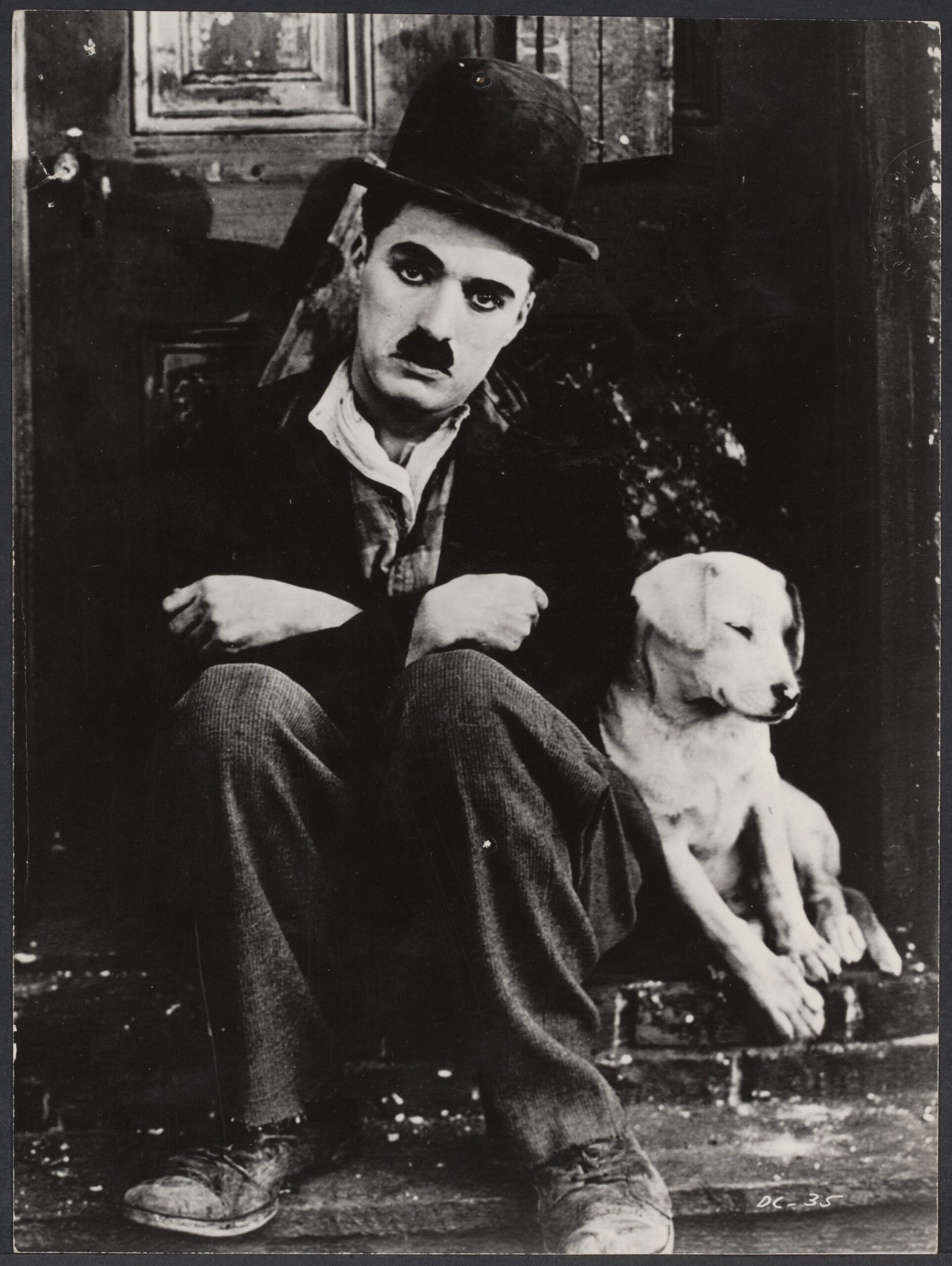Charlie Chaplin has starred in over 80 films throughout his career, and of course, with so many movies found in his filmography, he has also played dozens of roles and characters. However, out of all of these portrayals, there are some roles that are considered to be the best ones that Chaplin played. Here are some of Charlie Chaplin’s most iconic roles.
The Barber/Adenoid Hynkel (The Great Dictator, 1940)
In The Great Dictator, Charlie Chaplin played two roles that have the same facial features and voice. The first character is The Barber, the protagonist of the film, and is a Jewish barber who works at the ghetto. Unbeknownst to him in the middle of the movie, he was once a soldier of World War I and lost his memories of the battles that he has been through. The second character that he played in the movie is Adenoid Hynkel, who is the main antagonist and is the dictator of Tomainia, the country that won the war in World War I. Hynkel is supposed to be a parody of Adolf Hitler.
During the early parts of the movie, a Tomainian soldier named Commander Schultz asked his troops to stop firing at their enemies. Upon learning that disobedience of his commander, Adenoid Hynkel tasked his other soldiers to hunt down Schultz and his companion, who saved his life during the war, and that companion was The Barber. Knowing that The Barber looks very similar to Hynkel, Schultz devised a plan to swap the dictator with The Barber in order to bring peace to the country. Hynkel was then arrested by his soldiers after mistaking him for being The Barber, while the protagonist continued to disguise as the regime leader and delivered a powerful speech to bring down the regime.
Monsieur Henri Verdoux (Monsieur Verdoux, 1947)
Henri Verdoux is a character based on the real-life serial killer Henri Desire Landru, who killed seven women from 1915 to 1919, but the French police believe that he may have killed more. In Monsieur Verdoux, the lead character is a wife killer, who would marry wealthy women and kill them to get their assets and properties. In order to continue his crimes, Verdoux would use different names, such as Varnay, Bonheur, and Floray.
When the movie was released, it was highly controversial because of its theme and premise. However, despite the negativity that the movie got from some audiences and the press, many critics considered the movie to be one of the best black comedy films of all time. Interestingly, the movie was notable for crediting prolific author Orson Welles for its story.
Calvero (Limelight, 1952)
Calvero is the lead character in Chaplin’s 1952 film Limelight. In the movie, the protagonist was once a popular comedian, but he turned into a washed-up drunk after his career plummeted. During one of his walks at night, he stumbled upon a young woman named Terry Ambrose, who was attempting to commit suicide. He was able to stop Ambrose from killing herself, and throughout the film, Calvero helps her regain her confidence in dancing so that she can get back to reach her dreams again.
Inspired by how Ambrose was able to be confident in herself, Calvero also returned to being a comedian in hopes that he can put a smile on people’s faces again. Unfortunately, his return to comedy was a disaster. Terry, who is now a dancer in her own show, wanted to marry Calvero so that he can be happy alongside her, but he refused not only because of their wide age gap but also because Ambrose may find another suitor who is better for her. After being rejected, Ambrose offered Calvero to perform as a comedian for her benefit concert. Calvero accepted, and he played his last performance on stage along with his long-time partner before dying from a heart attack.
The Tramp (Multiple Films, 1914 to 1936)
Last, but certainly not least, The Tramp is Chaplin’s most iconic role out of all the characters that he played in his career. The Tramp character’s first screen appearance was in the 1914 film Mabel’s Strange Predicament, but Chaplin invented the character in the film before that title Kid Auto Races at Venice, which was shot first before Mabel’s Strange Predicament but released after the said film.
The people who watched both of the movies grew fond of the character, and so The Tramp continued to appear in many Chaplin-directed movies to appease the audience. The official last appearance of The Tramp was in the 1936 film Modern Times, wherein at the end of the movie, the character was able to talk for the first time, but only for a brief moment before walking towards the horizon. Chaplin would use the character’s signature bowler hat and mustache for his next film, The Great Dictator, but he considered The Barber to be another character. The Tramp is considered to be an important symbol of the silent film era.




